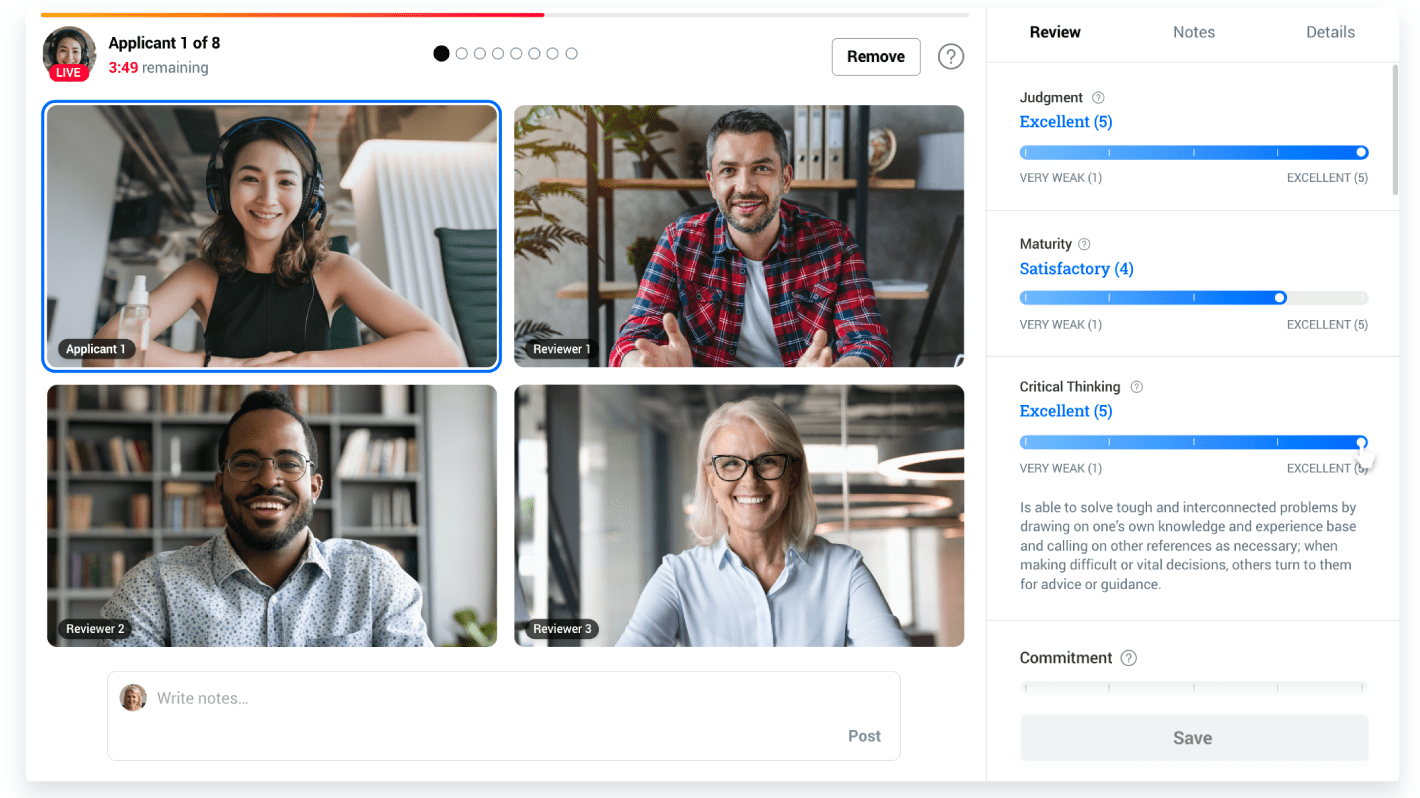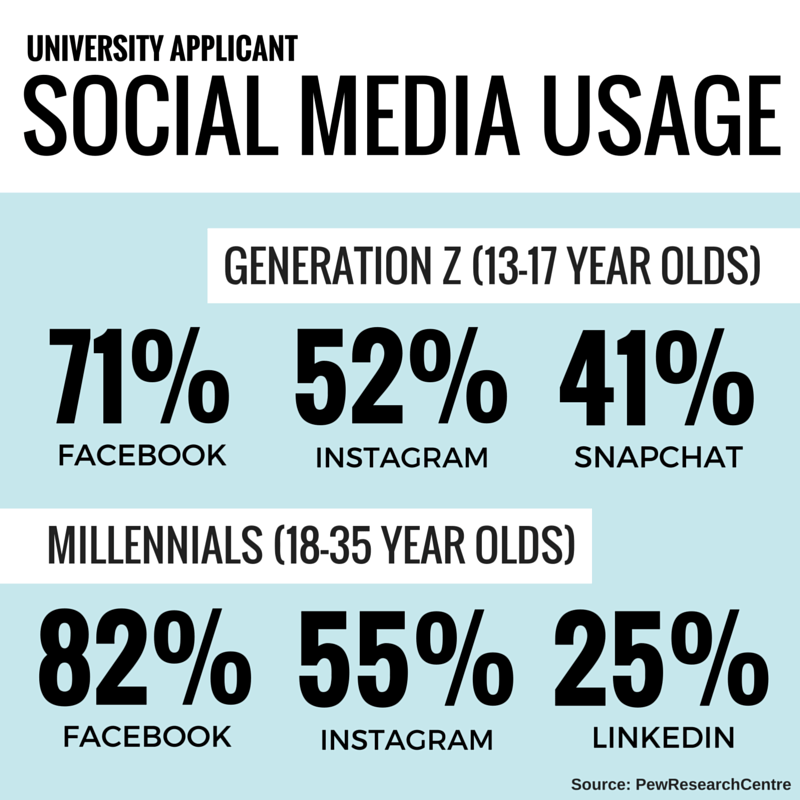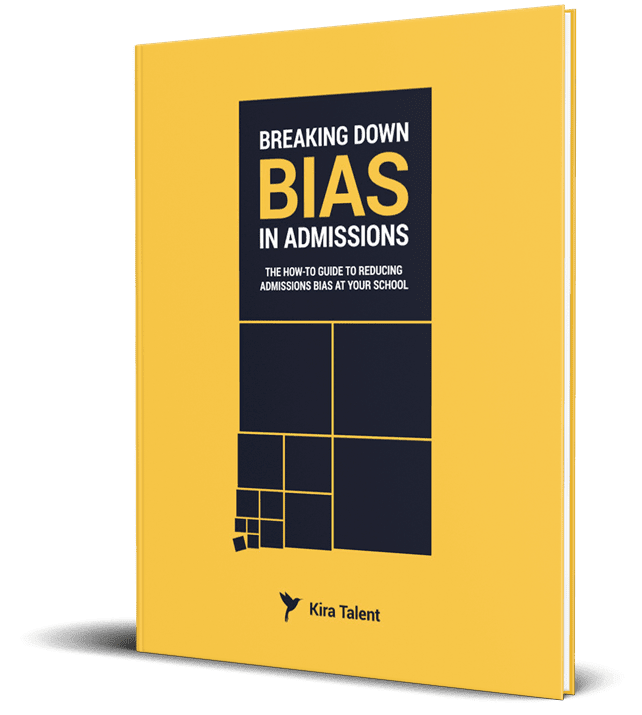Google is the first place your applicants go for information, and social media is the first place they ask for recommendations or make recommendations.
For college or university, social media is one of the best places to reach, engage, and inspire future students.
While the age of graduate school applicants can range from early 20s to retirement, the primary target for many schools are new grads from undergraduate programs, who are either continuing on a specific path or have rerouted their career and need further education.
For these tech-savvy adults, social media is a dominant time consumer and an increasingly significant factor in decision-making.
Social media isn't just for undergraduates anymore
The best undergraduate social teams know the benefits of leveraging trends and showcasing a cool student experience, like focusing in on Instagram and Snapchat to appeal to the high school students. However, when it comes to prospective graduate students, 82 percent of millennial adults (18-29) are on Facebook, followed by 55 percent on Instagram, and 25 percent on LinkedIn(Pew Research Centre). LinkedIn offers a huge marketing opportunity, as it’s the top network for job seekers and networkers who are seeking career advancement.
We know where these applicants are spending their time online, but how do higher education institutions cut through the noise to have a compelling social media presence?
Let’s take a look at four ways graduate schools can be better at social media:
- Be a Team
- Showcase Your Faculty
- Be Engaging
- Pay Your Way
One: Be a Team
Keeping up with social media trends can be overwhelming, especially when social media might be less than 5 percent of your job, but it’s used daily by 80-100 percent of your prospective students.
When social media isn’t your entire job, it’s very difficult to stay afloat as algorithms change, trends shift, and networks pop up out of nowhere and fall out just as fast.
It's also very possible that, as an institution or faculty, you share one property that you do not manage directly -- so it's easy to just say "not my job."
However, using these realities as an excuse to stay out of touch can severely hurt your online recruitment strategy.
Leverage internal resources: Lean on the marketing or communications team at your school. Whether you work directly with them and share social media channels or run separate accounts, turn to them with questions and empower them to do their job to help you.
Speak up if you have new ideas on how to engage prospective students. It’s so easy for departments to become siloed in higher education, but by working together you can create a strategy that improves your applicant volume and yield.
This does not necessarily mean that you should make more social media accounts: Work together to create value from the accounts you have, and only create new social media accounts when there’s a genuine need for a new voice.
Think about it from your applicants' perspective: If your school has 15 different social media accounts, how do they choose what account to follow without getting too much irrelevant school noise?
Share team tools: Many schools use social media management tools like Hootsuite, Tweetdeck, or Sprout to ensure multiple social media managers can access accounts, or create easy “request” forms for various teams to submit tweets, Facebook posts, and Instagram updates to one core communications manager.
Two: Make Your Faculty Visible, Accessible, and Interesting
So much of a graduate student's choice of where to study has to do with connecting to a faculty member. Whether you are enrolling for a research-intensive program or a cohort for a professional degree, your faculty members are vital to attracting applicants to your classroom.
For research-based programs, your faculty and research stories could arguably be 70-80 percent of your recruitment materials, because identifying and committing to an advisor is vital to enrollment.
For course-based programs, conveying how the research impacts the industry, society as a whole, or the school, is vital for attracting students. You want your applicants to say, 'wow, at X school, there is a professor solving Y problem. This is where I want to learn.'
There are dozens of forms this content could take, here are a few ideas:
- Images and video of faculty at work
- Mini faculty bios
- Faculty social media takeovers
- Celebrating awards and accomplishments
- Live lectures
Stanford School of Medicine showcases their faculty on Facebook often, like this post where they highlight a research fellow and his team's latest innovation:
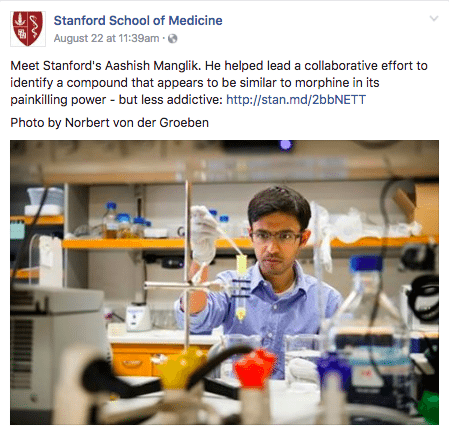
For more on telling faculty stories, be sure to read the article Capitalizing on Your Faculty and Research for Recruitment completely devoted to this topic.
Three: Be Engaging
Be visual: We still see a surprising number of graduate schools not use images and video effectively on social media. Getting attention on social media is hyper competitive, and a plain text tweet doesn’t complete.
Some quick facts:
- Visual content is estimated 40x more “shareable” than text on social media (Buffer).
- Video posts average 62 percent more engagement than photos on Facebook (Sprout)
- Infographics are shared three times more than other visuals on social media (Massplanner)
- Facebook posts with images receive 2.3 times more engagement (Buzzsumo)
- Posts with gifs increase engagement by 103 percent (Hootsuite)
Looking for some tangible examples of what’s working now? Hootsuite put together this great post, What 20,000 Tweets Taught Us About Twitter Images highlighting specific content examples and why they worked, or why they didn’t. Prospective students respond to images and video of your school as it helps them envision their future there.
Looking ahead, short video (classified as gifs, Vine, Instagram and Snapchat video, and shorter videos on YouTube, Twitter, and Facebook) is the direction our social networks are headed.
“Put everything into your first three seconds - it's the only part that people are watching,” says Melissa Cheater, founder of #PSEWEB, a conference for higher ed digital designers and communicators. “Stop producing two (or sixty) minute YouTube videos and cutting them down for social media sites. Start storyboarding for three seconds; consider the next seven seconds below the fold and everything after that off the radar.”
Be authentic: Don’t be Stock Photo University
Invest time and budget into gathering authentic campus photos, rather than re-using the same photo of the same model your marketing department took three years ago.
See: Buzzfeed reminds us of the 27 worst things about going to Stock Photo University
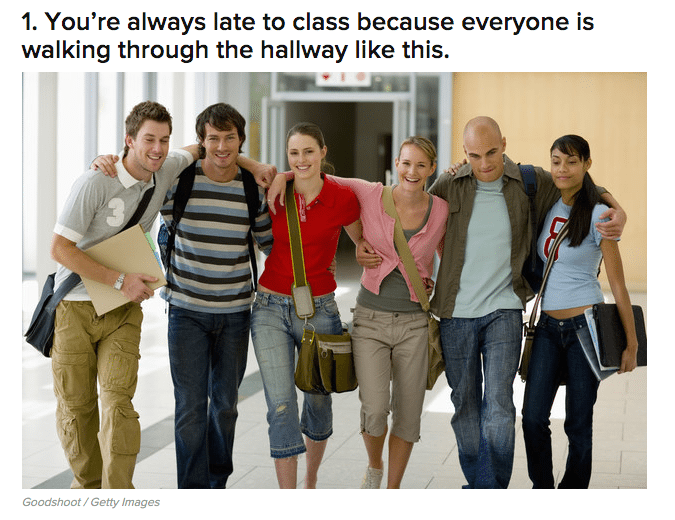
A huge benefit to authentic content is that it's shareable. When your actual students and alumni are in the brochures and on your website, the students pictured and their friends and family will share these pictures like crazy for years to come. It's very much so worth the investment for that reason alone.
Here's a wonderful example from the Yale School of Forestry & Environmental Studies.

Be relevant: Less is more
There is a common misconception that posting more on Facebook and Instagram will result in more engagement, but in fact, the opposite is true.
If you post less often on your social channels but provide more value, fans and followers will be happy.
Brand pages that are putting out content, just for the sake of it, often lose quality contacts because users find them spammy or uninteresting. Facebook and Instagram both use algorithms that highlight content they believe users will enjoy, so watering down your content will only make it harder to post a social media 'hit.'
Four: Pay Your Way
If you are planning to leverage social media as a serious recruitment tool, you will need to budget for it. Social media marketing can be extremely valuable to graduate programs because of the ability to target, tweak, and measure campaigns with a minimum spend. You can toss $20 or $30 at a post on Facebook and quadruple its success at getting students' attention.
Depending on your program specialty, some social networks may be more relevant than others.
For example, Twitter is a very popular social network for news junkies and journalists so a media studies or journalism program may have more luck investing their resources there than a healthcare-focused degree or medical school.
For the most effective spending on social media for most graduate schools, we recommend Facebook and LinkedIn.
Advertise On Facebook
Facebook is the most broadly used social network out there, with well over one billion active users. Even your least social savvy applicants are likely to have a Facebook account to keep in contact with friends and family.
As mentioned, Facebook's algorithm does not tend to select brand content unless it's extremely popular. However, if you boost a post, you can choose from three audience segments:
- People who like your page
- People who like your page and their friends
- A specific audience segment you select
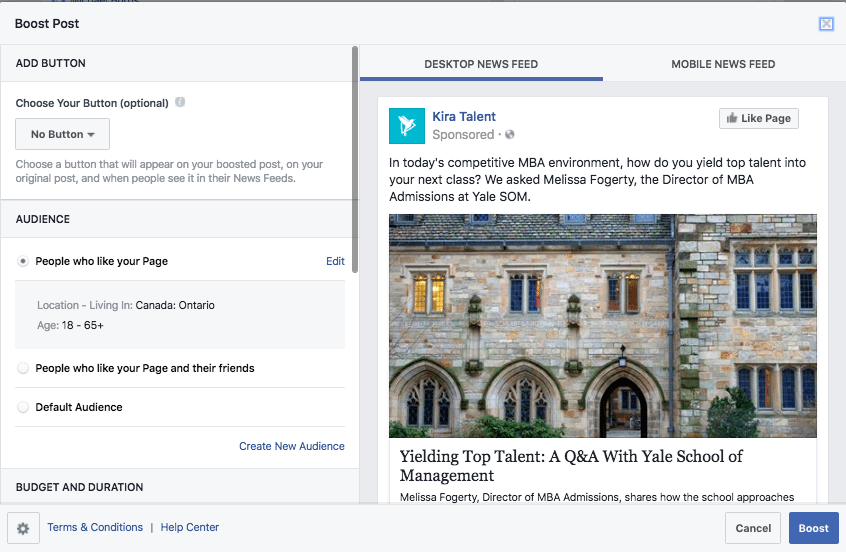
Boosting posts is quick and easy for busy teams that don't have a lot of time to develop a comprehensive social selling strategy.
If part of your in-person recruitment strategy is telling prospects to go like you on Facebook, budgeting even $50 a month to targeting people who like your page will mean that your content is more likely to reach them.
If part of your recruitment strategy is attracting friends and family of alumni, targeting people who like your page and their friends can generate content on friends of alumni and students who have already committed to your brand.
And of course, if you have a specific demographic in mind, you can target Facebook users by age, gender, or a variety of interests, such as what pages they like and what actions they take as Facebook users.
You can read all about audience targeting on Facebook's Help Centre.
Create targeted campaigns on LinkedIn
LinkedIn has a costlier buy in than other social networks, but it gives you access to people who are looking to advance or change their careers -- prime graduate school targets.
On other networks you are far less likely to have access to an up to date and detailed digital resume. You’re also far more likely to access them while they're thinking about their career, and what’s next when they’re on LinkedIn. Additionally, LinkedIn’s fastest growing demographic is students and recent graduates. Of the 414 million members, more than 40 million fit into this group.
“LinkedIn is the only platform that allows higher education institutions (and their agencies) to access the powerful combination of a high quality audience, in a professionally focused mindset with accurate targeting abilities at scale,” says Saied Amiry, LinkedIn’s Global Marketing Lead, Educational Vertical.
For prospective students who aren’t even sure if they want to apply to school, research-based content that will improve their productivity or open their mind to a new way of thinking will likely resonate more than a promotion for an information session.
However, once that prospect has been engaged, recognizes your brand, and has started down the discovery path to enroll in a graduate program, giving them an option to attend a session or a guest lecture can entice them further toward application.
“Institutional rankings, for example, are much more important when an applicant is in the initial awareness and discovery phase. Staff and alumni profiles, conversely, are much more important during the final decision between a couple schools. LinkedIn recently created a quick infographic summary of these findings,” Amiry added.
They surveyed over 1,600 MBA/Master's prospects and alumni in the United States to understand the higher ed decision making process. Here's what they found:
For some professional graduate programs, like law and business, LinkedIn can be an extremely effective tool, however, it’s important to evaluate internally how the platform fits in with your specific recruitment goals, the capacity of your school and your team, and your budget.
In the End, Recruitment and Admissions is Social
However you structure your team, whoever owns what accounts, and however your budget is structured, university recruitment is inherently social.
If you want to connect with students in a way that resonates, make an effort to stay up to date with social media trends. Whether you keep up with the news on Twitter, Facebook, email newsletters, or another medium, follow corporate blogs like Hootsuite, Sprout Social, and Buffer, tech media companies such as Mashable and Wired, or individual and team experts like Boston University Social Team, Danah Boyd, and Ryan Holmes.
Have any great examples of higher ed social media? Share them with us in the comments below.

